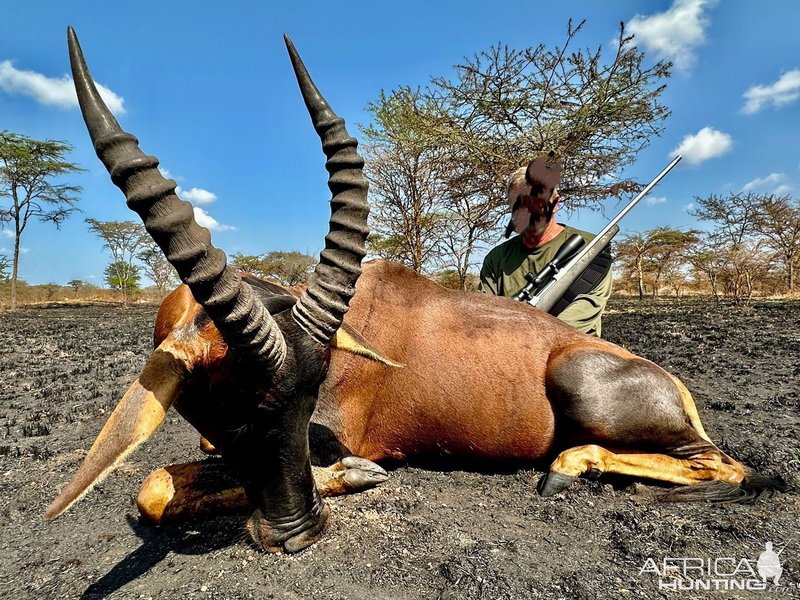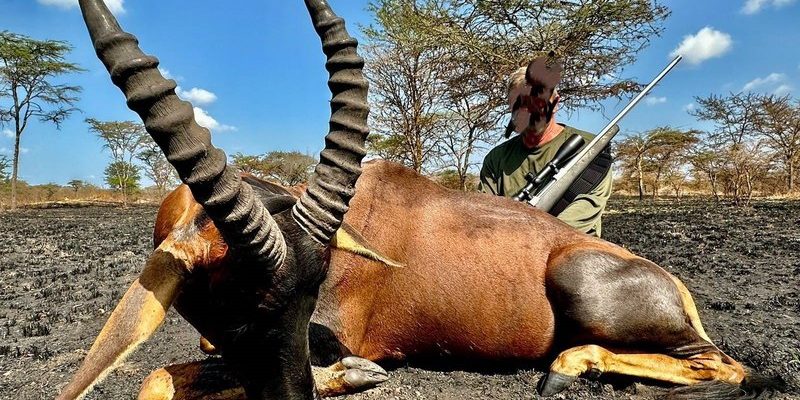
The diet of the topi is key to its survival. You might picture an antelope munching on grass, and you wouldn’t be wrong. However, there’s more to their eating habits than meets the eye. The topi’s diet is a reflection of its habitat, which spans the vast grasslands and open savannas of East Africa. With distinct feeding strategies and adaptations, these animals illustrate what it means to thrive in an environment full of challenges. Let’s dive into the specifics of what makes the topi’s diet and hunting strategies so intriguing.
Topi Diet: Grazers of the Savanna
The topi primarily thrives on a diet of grasses. Unlike some other herbivores that might nibble on leaves or fruits, topis are dedicated grazers. Their favorite snack? Tender and nutritious grasses that flourish in their natural habitats. This focus on grasses allows them to maintain a balanced diet, which is crucial for their energy levels.
Interestingly, topis have developed a taste for certain types of grass. For example, they prefer the shorter grasses that grow following the rains. These freshly sprouted grasses are not only more nutritious but also easier to digest. Here’s the thing: by selectively feeding on these grasses, topis can optimize their nutrient intake. This is akin to choosing a smoothie packed with vitamins over a sugary snack.
In addition to their grass-focused diet, topis also engage in a behavior known as browsing. This means they occasionally munch on shrubs or young trees, especially when grass is scarce. By being flexible in their dietary habits, they can adapt to changing environmental conditions. Imagine trying different restaurants to find the best dish; topis do something similar by varying their diet based on availability.
Hunting and Foraging Strategies
While the topi is primarily a grazer, it faces the constant threat of predators like lions and hyenas. So, how does this antelope outsmart its foes? The secret lies in its keen sense of awareness and social structures. Topis are often seen in small herds, allowing them to stay vigilant. With multiple eyes scanning for danger, they can better detect and respond to threats.
When foraging, topis are strategic. They tend to graze in open areas where visibility is good. This helps them spot predators from a distance. Imagine a person at a crowded café choosing a table near the window—having a clear view allows for better awareness of what’s happening outside. Similarly, topis position themselves to ensure they can react quickly if danger approaches.
The behavior of topis also reflects their adaptability. During times of increased predator activity, they might graze less and spend more time in areas with dense cover. This is their way of balancing the need to eat while also staying safe. It’s like weighing the pros and cons before deciding whether to take a shortcut through a dark alley or stick to a well-lit path.
Social Structure and Herd Dynamics
The social dynamics of topis play a crucial role in their survival. When you picture a herd, you might think of close-knit friendships, and in many ways, that’s accurate for topis. Within their social structure, there are often dominant males that lead the herd. These males protect their group and play a significant role in breeding.
You might also notice that when a topi senses danger, it will often freeze instead of running. This behavior helps it blend into the surroundings. Imagine playing hide-and-seek and choosing to stay super still, hoping others won’t see you. Similarly, this “freeze response” can often confuse predators, allowing the topi a better chance to escape if needed.
Moreover, mother topis are fiercely protective of their young. They’ll often stay close, guiding their calves to safe grazing spots and teaching them vital survival skills. This nurturing behavior ensures that the next generation learns how to thrive in their environment, passing down knowledge much like families do in human society.
Adaptations to the Environment
Topis have some fascinating physical adaptations that help them thrive in the African savanna. For starters, they possess a unique coloration that allows them to blend into the grasses. Their reddish-brown coat helps them camouflage against the backdrop of the savanna, making it harder for predators to spot them. Imagine wearing a shirt that perfectly matches your surroundings at a party—it gives you an advantage!
Additionally, their long legs are not just for show. These limbs provide them with remarkable speed and agility, which is crucial for running from predators. Topis can reach speeds of up to 50 km/h (about 31 mph). That’s like a fast runner breezing through a marathon! This ability to sprint away when danger strikes is a vital component of their survival strategy.
Moreover, their eyes are situated on the sides of their heads, giving them a nearly panoramic view of their surroundings. This feature is similar to having a 360-degree camera that captures every angle. With this advantage, topis can detect threats from various directions, providing them a crucial edge in a world filled with dangers.
The Role of the Topi in the Ecosystem
Topis are not just survivors; they play a significant role in their ecosystem, too. By grazing on grass, they help maintain the health of the savanna. Their feeding habits promote new growth, allowing other plants and animals to thrive. Think of them as nature’s lawnmowers—keeping the grass in check while allowing for a rich, diverse environment.
Additionally, the presence of topis attracts predators, which in turn helps maintain a balanced food web. If there weren’t topis around, predators would have a harder time finding enough food, potentially leading to overpopulation or starvation of other prey species. So, the topi acts as both a grazier and a food source, contributing to a harmonious ecosystem.
In this way, topis fulfill a crucial ecological niche. You might say they’re like essential workers in the wild, doing their part to keep the balance of life in check. Without them, the dynamics of the savanna would shift, potentially leading to consequences for other species.
In the beautiful tapestry of the African savanna, the topi is a remarkable thread that weaves together dietary habits, social structures, and adaptability. Their ability to graze on grasses, recognize predators, and maintain their role within the ecosystem showcases their resilience. Understanding the diet and hunting strategies of the topi not only highlights their survival tactics but also emphasizes their importance in the greater ecological picture.
So, the next time you hear about these fascinating animals, remember that there’s so much more than meets the eye. The topi represents a blend of adaptability, intelligence, and nature’s intricate balance. Each of these aspects contributes to the rich biodiversity that our planet so desperately needs. And really, that’s a beautiful story worth telling.

